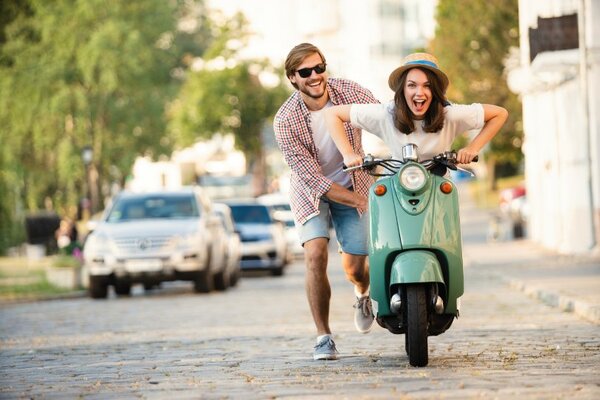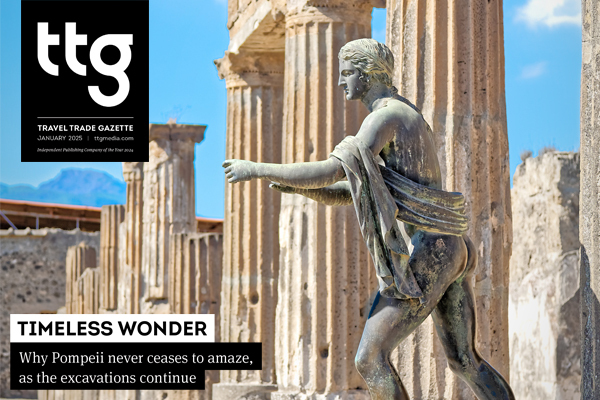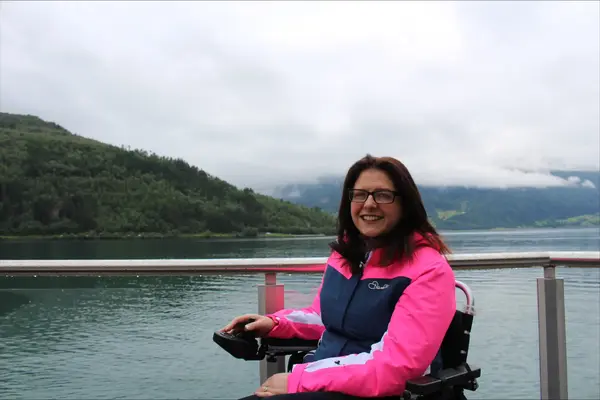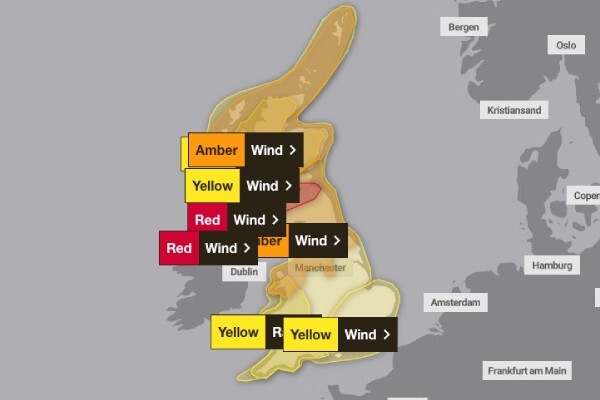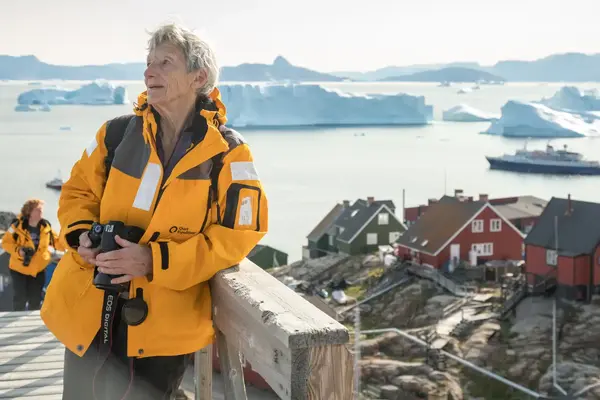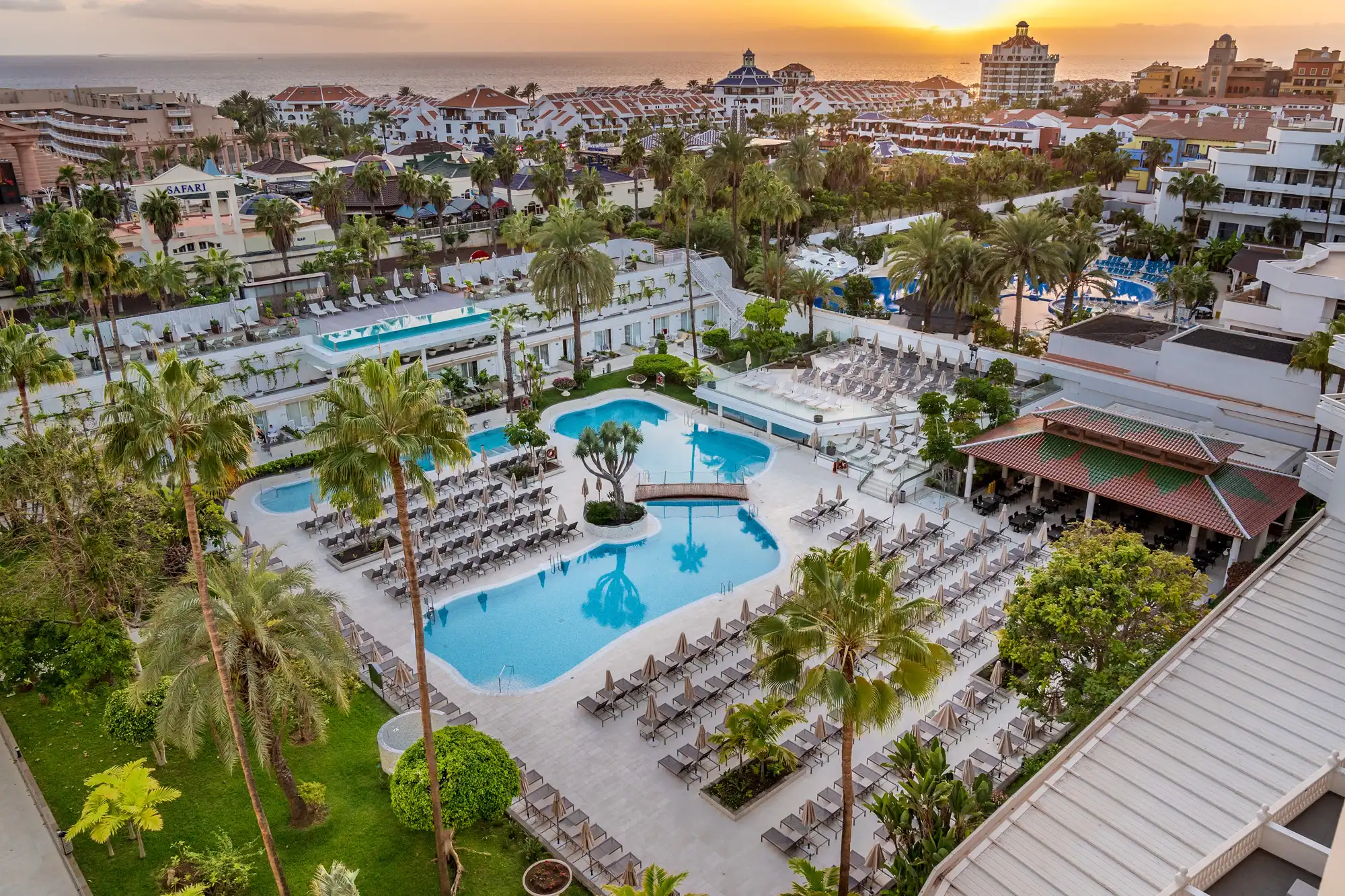Cost and weather bigger priorities for holidaymakers than risk, safety and security
Risk, security and safety are near the bottom of the list of holidaymakers’ priorities when choosing a destination, new research by the Safer Tourism Foundation has found.
The charity’s first Travel Behaviours Risk Index found the level of threat and hazard in a destination ranked only eighth in a list of 10 priorities behind ease of access, food, accommodation, weather and type of destination.
Cost was the chief concern among holidaymakers.
The foundation said this was evidence of the “Holiday Head" phenomenon. “When asked directly if safety and risk are important criteria for destination selection, respondents overwhelmingly tell us they are,” it said.
“But once enjoyment is factored in – such as weather, food and accommodation standards – the rational mind takes a back seat.”
The poll of 2,000 people also found 76% were open to trying activities on holiday they would not attempt at home.
The foundation said the research reflected how “optimism biases and social influences” contributed to a propensity to behave on holiday in ways travellers would not at home, dubbing it the Holiday Head.
The poll found 9% had felt out of their depth in an activity, while 6% said there had been a mismatch between capability and activity.
The same proportion admitted to a near miss in or around water, with 11% saying they had an injury requiring medical attention. Another 4% experienced a medical issue or undertook an activity not covered by insurance.
The charity said its data revealed several incident types occurring “due to a mismatch between a traveller’s fitness level or physical capability and the type of holiday they are on or activity they are doing”.
It added: “This is noticeable with incidents happening in open water, while cycling or even as the result of a strenuous hike or lengthy walking tour.”
Data published by the foundation late last year revealed how activities like biking and attention to concerns like allergies were among the most prevalent threats to holidaymakers.
The foundation said there was clear evidence of Holiday Head at work, with 44% saying the incident was down to an overestimation of their own physical abilities or fitness/mobility levels.
The report said: “In fact, one in five respondents admitted they would try a more strenuous hike or cycle ride than they would attempt at home.”
A quarter said they did not want to miss out on what others were doing and 21% said they “simply threw caution to the wind”.
The charity warned: “Changes in our physical capabilities can be hard to accept. Most people don’t want to believe or acknowledge that they perhaps can’t do everything they could do when they were younger, fitter or more mobile, especially when on holiday.”
’Optimism bias’
Katherine Atkinson, Safer Tourism Foundation chief executive, said Holiday Head was “not intrinsically bad”, but led to an optimism bias. “It can also mean we don’t stop and think, and so find ourselves doing risky, reckless or dangerous things we simply wouldn’t contemplate at home,” she said.
“Having said that, even when we’ve made a poor choice, most of the time we don’t come to harm, partly because most travel providers take health and safety extremely seriously and have systems and procedures in place to keep their customers safe.
“However, no trip or activity can guarantee our individual safety, so it’s worth being aware of our own Holiday Head and how it can affect our decisions.
“That doesn’t mean becoming a health and safety bore on holiday, but it could mean being curious about a provider’s safety measures before embarking on an activity, or just occasionally asking ourselves, when thinking about our own risk behaviours, ‘would I do this at home?’.”
Sign up for weekday travel news and analysis straight to your inbox

Gary Noakes
Supplier Directory
Find contacts for 260+ travel suppliers. Type name, company or destination.
